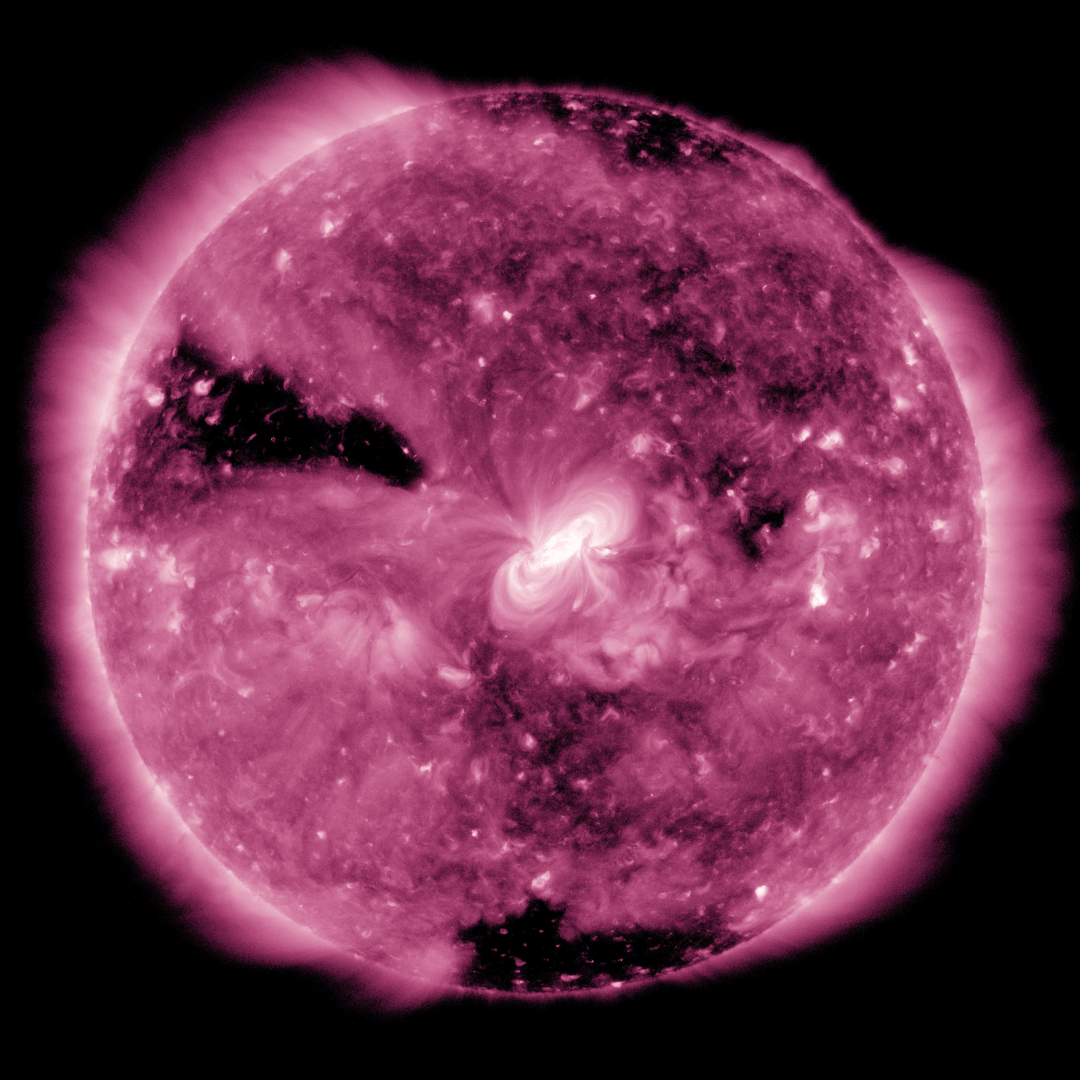Nasa's sun-watching satellite captures incredible photo of a total solar eclipse in space
Nasa's Solar Dynamics Observatory watches the sun nearly 24/7 from space and is currently experiencing its bi-annual eclipse season.

Nasa's sun-watch satellite, the Solar Dynamics Observatory (SDO), captured a total solar eclipse in space on Sunday (11 February). The eclipse occurred when the Earth passed between the spacecraft and the sun, completely hiding the sun's view from the SDO. This is known as a transit and it lasted around 31 minutes and covered the entire face of the sun.
The total solar eclipsed kicked off the SDO's bi-annual eclipse season that lasts for around three weeks. The phenomenon also marked the mission's eighth anniversary. The SDO's eclipse season comes twice a year near the equinoxes when the Earth blocks the spacecraft's view of the sun for a brief period of time every day.
Unlike the recently captured total solar eclipse, which only lasted for 31 minutes, later in the season, eclipses can last more than an hour. However, as the eclipse season winds down, the duration of eclipses will once again shorten.
"The eclipses are fairly short near the beginning and end of the season but ramp up to 72 minutes in the middle," Nasa said in a blog. The SDO's spring eclipse season began on 10 February and will end on 5 March.
Our Sun-watching satellite saw an eclipse in space on Sunday, marking the beginning of its eclipse season: a twice-yearly 3-week period during which Earth blocks SDO’s view of the Sun for a short while each day. https://t.co/nxPlAkJLQk pic.twitter.com/x5UbENH4A7
— NASA Sun & Space (@NASASun) February 13, 2018
The SDO, according to Nasa, watches the sun nearly 24/7 from space. The spacecraft's orbit has been designed to maximise the amount of data it can send to the Earth. Although the spacecraft was originally designed for a five-year mission, the SDO has successfully surpassed its initial mission life and just celebrated its eighth launch anniversary. The SDO's mission can not only help scientists better understand the sun but also help researchers learn more about and even possibly learn to predict space weather.






















